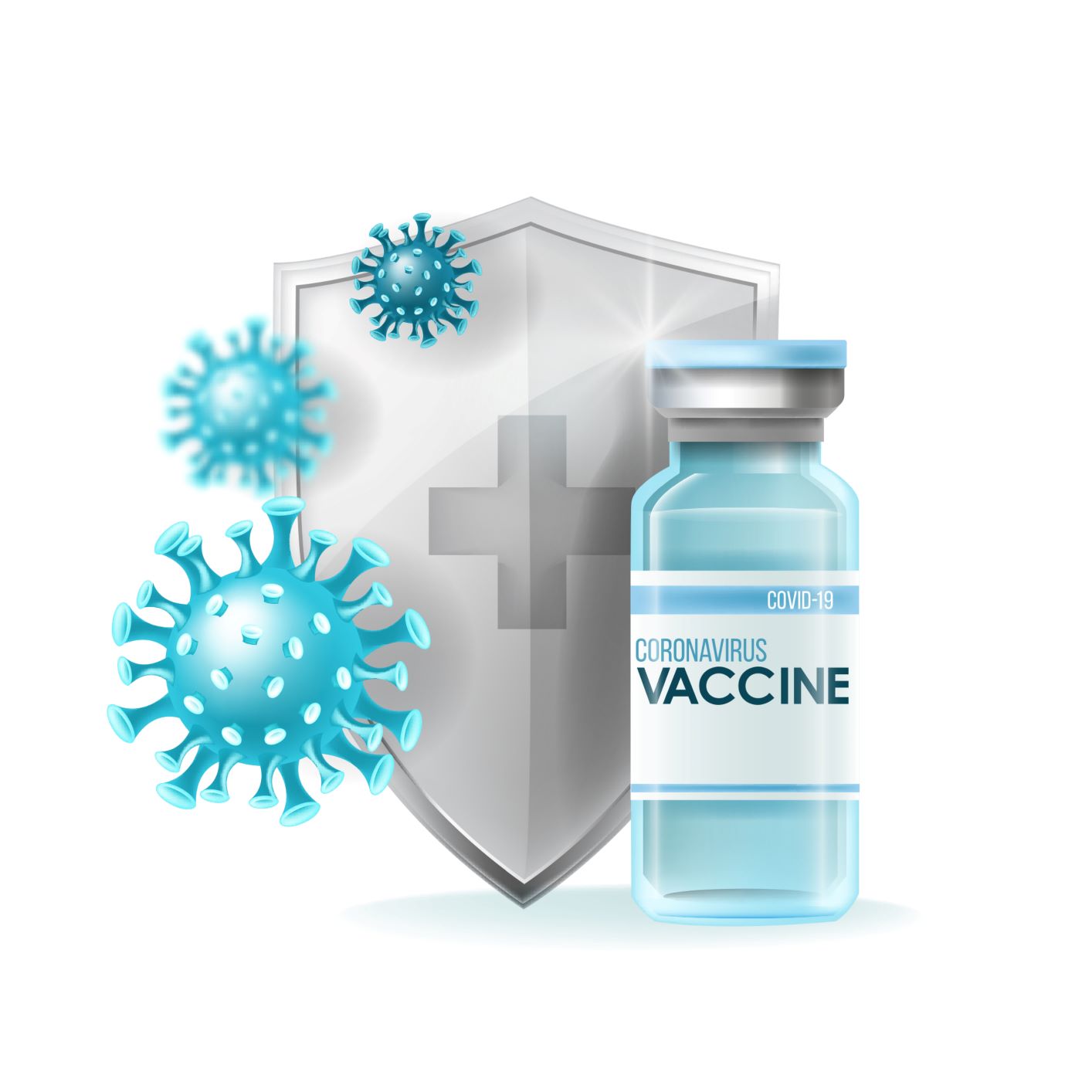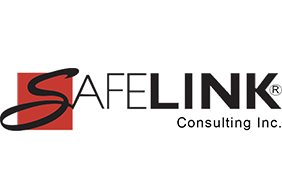Direct from OSHA on June 11, 2021: “While the nation is turning a corner in the pandemic, COVID-19 still threatens the health of many workers. This week OSHA issued an emergency temporary standard to protect healthcare workers, who face elevated exposure risks, and announced new guidance for other industries.”
OSHA's COVID-19 Emergency Temporary Standard will be effective immediately once it is published in the Federal Register. Employers must comply with most provisions within 14 days and with the remaining provisions within 30 days. OSHA states that they will enforce this standard while it is needed but will pull it down when it is no longer necessary. OSHA will be working with CDC to provide industry-specific guidance so we’ll be watching for any guidance issued for dentistry.
OSHA’s ETS Blog Post: OSHA’s Emergency Temporary Standard Protects Healthcare Workers | U.S. Department of Labor Blog (dol.gov)
What does this mean to dental practices and dental laboratories?
Since OSHA’s concern is based on workers who may come into regular contact with people either suspected of having or being treated for COVID-19, dental entities who see patients need to continue screening of patients, visitors allowed into the workplace, and employees to be able to show that those people are not being allowed to enter the workplace. Without documentation of this screening procedure, an employer would not be able to prove to OSHA or anyone else that people either suspected of having or being treated for COVID-19 are not allowed into their workplace. As consultants we have been observing a decline in the performance of this procedure. The confusion may be coming from the CDC mask change for the public a few weeks ago and also Governors of some states issuing a no mask guidance. For the most part our clients are in healthcare and must follow the guidelines for healthcare.
What do employers need to do now to comply with this ETS:
• Perform a hazard assessment of their workplace. If you have SafeLink’s COVID-19 Safety Management Program and/or the latest version of our Health and Safety Manual, you have an example of a hazard assessment. You need to review it and customize it for your workplace. If you conducted this assessment in 2020, we recommend that you do it again to ensure that you have a current assessment. Some states, such as VA, have published an assessment form for your use.
• Conduct patient, visitors, and employee screening so you can show that you’re not allowing entry access to people either suspected or having or being treated for COVID-19.
• Provide and ensure workers wear the personal protective equipment (PPE) that you’ve determined best for their protection.
• Maintain physical distancing of at least 6 feet when indoors for unvaccinated and otherwise at—risk employees.
• Train workers in a language they understand on your COVID-19 policies and how this virus could be transmitted at work.
• Provide paid time off to get vaccinated and recover from any side effects. Businesses with under 500 employees may be eligible for tax credits under the American Rescue Plan if they provide this paid time off.
• Do not retaliate against workers who voice concerns about unsafe working conditions related to COVID-19.
How to Achieve Dental OSHA Compliance for Your Practice
In the OSHA publication Protecting Workers: Guidance on Mitigating and Preventing the Spread of COVID-19 in the Workplace, you’ll read that some employers not in healthcare can treat vaccinated workers different from unvaccinated workers when it comes to wearing of masks, physical distancing, etc. A dental laboratory may consider itself not healthcare, but many dental labs have patients coming to the dental lab for various services and also many dental technicians go to the dental office to provide chairside services.
OSHA’s General Industry COVID-19 Guidance:
Read Protecting Workers: Guidance on Mitigating and Preventing the Spread of COVID-19 in the Workplace if you want guidance on how to establish different safety rules for unvaccinated and vaccinated employees. For employers who are using incentives to encourage their employees to become vaccinated, OSHA states that they will not enforce 29 CFR 1904’s recording requirements to require any employers to record worker side effects from COVID-19 vaccinations through May 2022.
It is also important for employers to be knowledgeable or seek advice from their employment law attorneys regarding how other laws and rules view different treatment of unvaccinated and vaccinated employees. They can include EEOC, exemptions requested due to medical, disability, or religious beliefs, state employment protections, concerted activity (unions and National Labor Relations Board), and HIPAA for privacy and confidentiality of information.
It all boils down to the fact that employers in healthcare need to continue doing what they have been doing to protect their employees. OSHA’s primary concern is to ensure all workers are protected from the virus while they are on the job.
Contact Us Now to protect your workers and your dental lab's liability!
Need help in meeting FDA & OSHA compliance regulations? Call 800.330.6003 or sales direct 470.533.2581 or set up a meeting with Sandy.
Having an expert assist in developing your Safety Management Program is the best way to know if your business has a proper plan in place. Contact SafeLink Consulting today for assistance.
Dental Labs Could Receive FDA Remote Assessment Request >> Learn More
Get notification when new regulatory compliance training courses are added plus upcoming events by subscribing to our email news.
Learn more about what SafeLink Consulting can do to help your business with compliance services, including safety compliance, to meet OSHA training requirements and quality system consulting to meet FDA compliance. SafeLink Consulting assists businesses with workplace safety training, infection control training, HIPAA training online, quality systems, assessments, audits, due diligence, and more.
Industries include:
Dentistry compliance - assisting the dental practice with meeting requirements for OSHA, HIPAA, EPA, and CDC guidelines, patient safety and employee health & safety
Dental Laboratory compliance - assisting the dental lab with meeting requirements for OSHA, FDA, and CDC guidelines, employee health & safety, plus FDA requirements for lab manufacturing custom implant abutment /gmp for medical device manufacturers
Medical Device Manufacturers compliance - assisting with meeting OSHA compliance & FDA requirements, GMP - good manufacturing practices
General Industry compliance - assisting with OSHA compliance and FDA compliance as it pertains to the specific business
Beverage Industry compliance - assisting beverage businesses such as the craft brewery, winery, cidery, distillery, vintner with meeting OSHA compliance, health & safety, FDA requirements / GMP - Good Manufacturing Practices.









Leave Comment